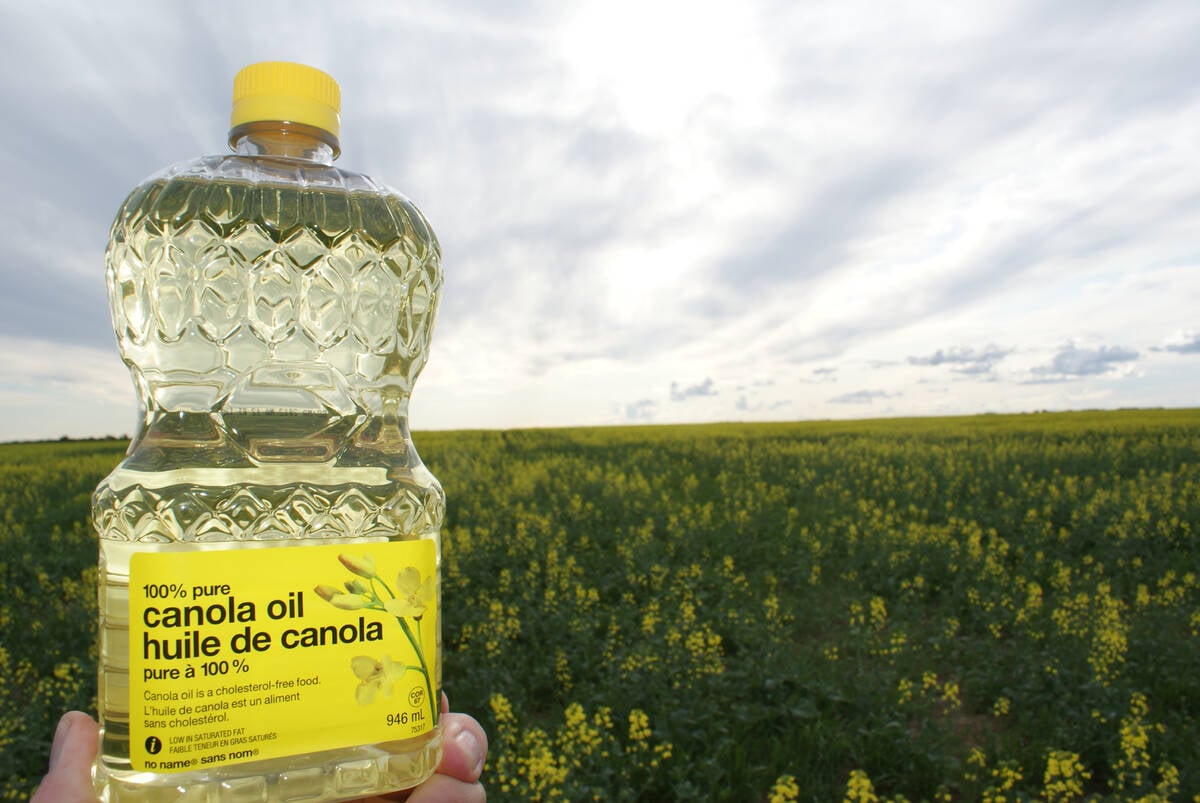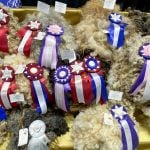VERMILION, Alta. – The familiar sight of a brand inspector hanging over a fence trying to get a close look at a lumpy brand on the side of an ornery cow many soon be a distant memory.
Brand inspectors of the future are more likely to carry wands to scan an electronic chip in a cow, buffalo or deer to identify the animal.
The Alberta government has recommended its new privatized Livestock Inspection Service look after the registration of animals that use electronic identification when it takes over brand inspection services Nov. 1.
Read Also

Rising vegetable oil demand may offset bad biofuel news
Global biodiesel/renewable diesel production is expected to decline for the first time in a decade. Bad timing for a canola industry looking for new markets.
During a recent industry conference in California, almost every state and province was looking at some form of electronic identification as a way of marking animals in the future, said Cliff Munroe, head of Alberta Agriculture’s livestock marketing services.
“Electronic identification stood out as a way of identifying animals in the future. It was prominent on all agendas,” Munroe told about 13 producers at a meeting to discuss proposed changes to the province’s brand inspection service.
“I don’t see hot iron branding will be around forever. Feedlots are going faster to electronic ID than grazing people,” he said.
Two-thirds branded
About 60 percent of cattle in the province are branded.
But there is still confusion surrounding electronic branding so the government has proposed not charging producers for electronic brand registry for the first year.
That way the industry can determine the best way to identify animal and how to charge for the service.
Ken Weir, general manager of the new non-profit inspection service said: “We all have the idea electronic identification has a lot of merit, but there is a lot of work here.”
Some producers are concerned technology hasn’t caught up with enthusiasm for the idea.
Weir said there have been successful trials, but there are problems in packing plants where the temperature is hot and humid and the packing lines move quickly.
“As far as reading tags in slaughter facilities, we are in the infancy.”
Cattle producer Harold Tupper of Marwayne, Alta., said he isn’t convinced electronic identification inserted under the skin, or as a bolus in the cattle’s stomach, is a foolproof way to guard against theft.
“I can’t see how electronic identification is a lifetime identification. You can get rid of it in very short order.”
Secondary identification
John Vrolijk, a cattle producer and sales person for the electronic microchip Trovan, said there will always be a need for some secondary form of identification, especially with cattle, but he can see electronic identification becoming popular with livestock like ostrich, deer and bison.
“Not everyone is going to have a reader,” he said, adding it’s more complicated because there are three or four different kinds of microchips available and one scanner can’t read another kind of microchip.
Some producers are confused about what animals will be covered under the umbrella agency.
Under the Brand Inspection Act, livestock only includes horses and cattle, while under the Stray Animals Act, which the new agency would include, livestock includes everything from sheep to wild boar.
“That scares the hell out of livestock inspectors,” said Munroe.
Notices have been sent to heads of various livestock organizations asking if they want to be partners in the new inspection service.
At present only cattle organizations are represented.














